She is Nilima Marwah from Kanpur and she loves growing water lilies in her garden. I saw her Facebook post on quite attractive plants in her garden and got connected with her to share knowledge and wisdom on plants.
She has an alluring water lilies garden in which there are over 80 varieties of water lilies. Many people want to grow lilies in their home garden and reading her experience and tips can help you.
You can visit her Facebook Group here: WATERLILY
To,
Agriculture Review
My name is Nilima Marwah and I must have been 11 or 12 years old when I accompanied my mother to a nursery to buy some plants for our newly constructed house. That was my first visit and my first steps into the amazing world of plants.
My mom was always supportive, any plant that fancied me was happily paid for, no matter what the cost.
After I got married, we moved places. Winding up gardens, starting afresh. Initially, this used to bother me a lot, but now I have gained confidence. Place me anywhere, just give me space to grow plants and within a few months, I will grow my happiness again!
After I saw waterlilies in pictures posted in international water lily groups, my mind just blew off. I knew I had to procure those plants, no matter what. I started nagging my husband. I even told him, if you cannot get me chaand-taare at least get me some waterlilies.
So he started looking for them. He got in touch with European and Thai sellers, handed me their list of plants to choose from, and dealt with them. Finally one blissful day I got my 1st waterlily parcel.
A homemaker and a mother of two, I put in more hours in my garden than in the kitchen. My kids have learned to adjust to whatever I manage to put on their platters.
I have no ‘maali bhaiya’ as I don’t trust anyone with my plants. They are my stress busters and fill me with positivity. We definitely share a super-strong connection!
Growing waterlilies has been a wonderful experience for me. I had never seen so many honey bees, dragonflies; butterflies, birds visit my terrace garden before. The presence and fragrance of waterlilies attract these beautiful creations of God.
Not every garden has to grow in the ground. A water garden provides the perfect backdrop for daily unwinding. The sight of water soothes and relaxes, it’s free therapy for a stress-riddled mind. A pond brings all of that and more.
Water Lilies come in different colors, sizes, and shapes. Broadly categorized into Hardy, Tropical day bloomer, tropical night bloomer, ISG, etc. mainly based on flowers, lily pads, and shapes of the underground root system.
As there are so many different species, it is impossible to give one set of parameters that are correct for all the species.
Table of Contents
Water Lily Plant Care Guide
Pond Size
Any big/small non-draining, non-porous container can be your waterlily pond. Even one small water plant in a decorative pot can invite harmony.
Spot
The ideal spot for a pond should provide at least six hours of sun a day, without adequate sunlight your waterlilies will not bloom.
Selection of Plant – Hardy vs. Tropical
Hardy flowers are the prettiest but if you are looking for daily flowers, starting with a tropical type would be an ideal choice. Select varieties that grow best in your climate. Hardy are cold tolerant. Tropical ones are sensitive to extreme climates.
Hardy rhizome

Plant the rhizome of hardy waterlily against the side of the pot, with the growing tip pointing upward (about 45 degrees) and toward the centre of the pot. Wider containers are preferred as they spread horizontally.
Tropical Tuber
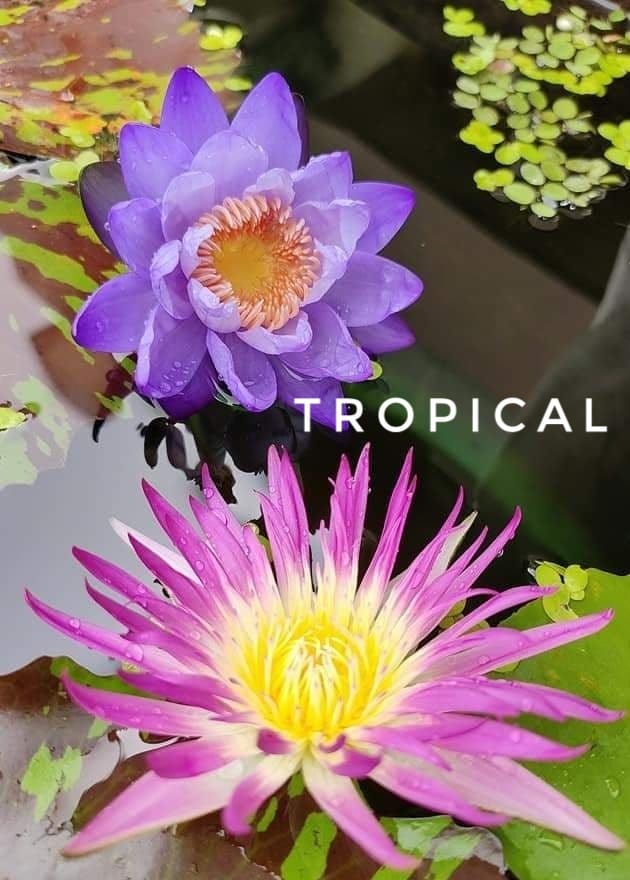
Plant the tuber of tropical waterlily in the centre of the pot like other flowering bulbs. The growing tip of your tuber/rhizome should be visible, DONT COVER IT WITH SOIL. Keep the water level low initially. Increase the level of water with the growth of leaves.
Potting Mix
I use 1:3 ratio of vermicompost and clayey soil. Excessive use of organic material might decompose the underground root system and also promotes algae bloom. Sprinkle a small quantity of NPK at the bottom of the pot. Compress soil to release air pockets.
Feeding
If you feed these water beauties regularly, you’ll be rewarded with a display of delicate floating blossoms. To keep your plant healthy and supplement its growth, you will need to add fertilizer to the potting substrate to provide the beneficial nutrients required for plant growth.
Osmocote based slow-release Pond fertilizers are available in pellet form. NPK is an alternative. Fertilize at 45 days interval during the growing season. If you have fish in your pond, fold fertilizer in a paper chit and push it deep down in the soil.
Propagation
The best method of propagation is via vegetative reproduction. The plant produces it’s own tubers (tropical) / rhizomes (hardy) which are clones of their parent plant and can be detached during repotting of plants at the beginning of the season. Few tropical varieties are viviparous.
Dormancy
Waterlily plants go dormant during the winter season. In spring, they sprout back again.
Cleaning and maintenance
Pond gardens shouldn’t be drained often as it disturbs the ecosystem. The dirt settles down gradually making the surface appears clean. Some water will evaporate, add fresh water regularly, to maintain the level.
Algae could be your major problem, but it needs light and nutrients to thrive, so keep some floaters on the surface to cut down on light, carefully limit the amount and type of fertilizer you use.
Some gardeners worry about mosquitoes when considering water plants. You don’t have to deprive yourself of a water garden; when there are ways to conquer the little beasts.
We add fish. Fish feasts upon Mosquito larvae. check upon our pond’s mosquito breeding.
Other than taking care of the larvae. Fish adds flashing colors to your pond and also provides a visually relaxing element. Fish help reduce pond maintenance chores as they eat algae and sediments that gather at the pond’s bottom.
By including fish in your pond, you create your own private ecosystem. Fish provides nutrients for the plants, and the plants oxygenate the water for the fish.
The sight of watching innumerable fish fries, birds visiting to quench their thirst. The provision of food and shelter for valuable pollinators overall is joyous and rewarding. Some of your fish might get picked up by prey birds, I choose to accept the ‘Law of Nature’.
Don’t miss upon these little joys. Plan one.
Happy Water Gardening!
Much love
Nilima
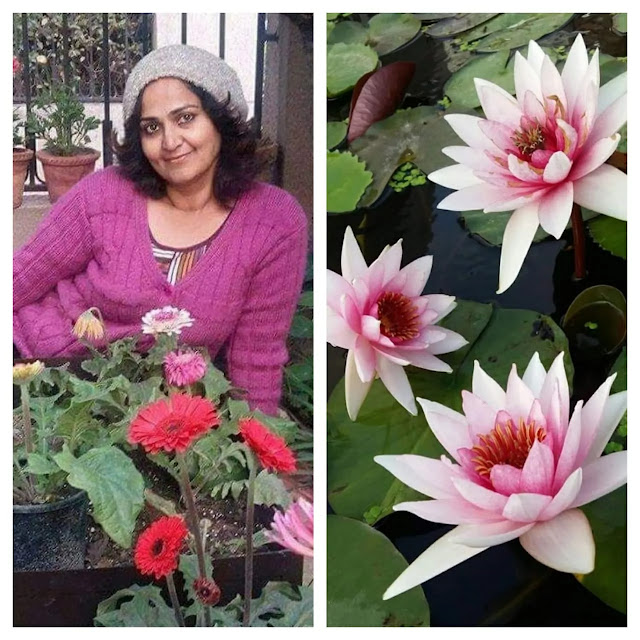
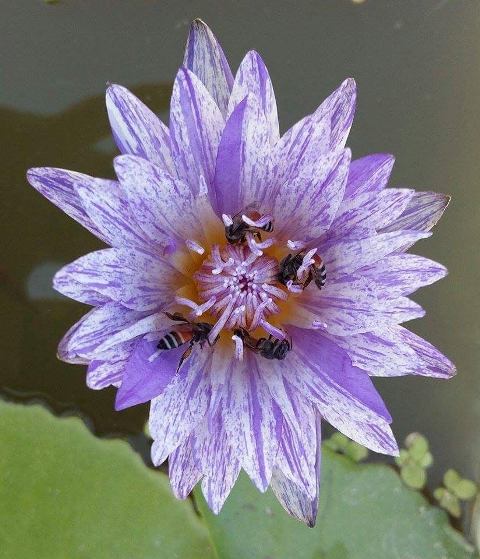
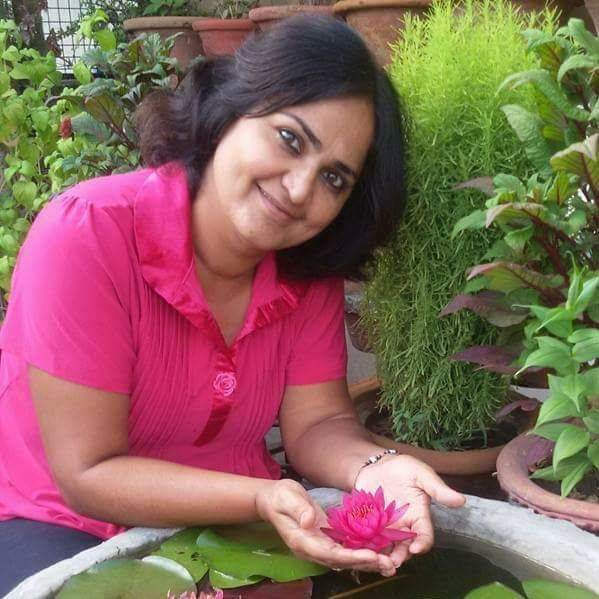
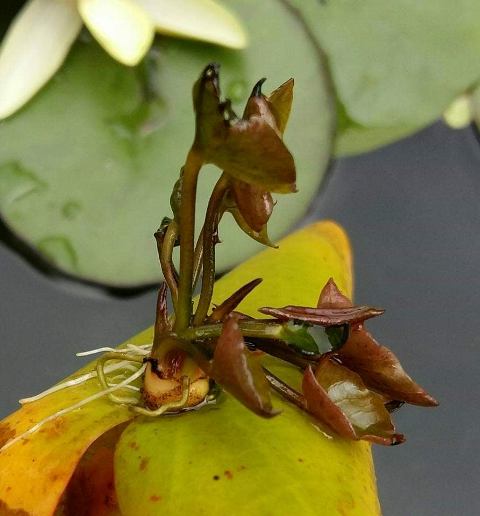
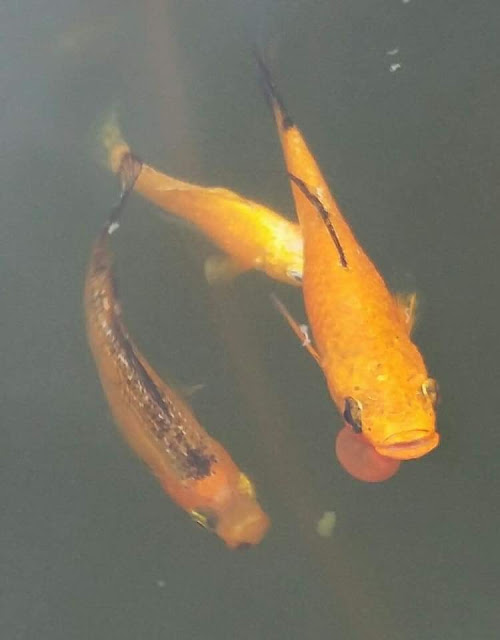

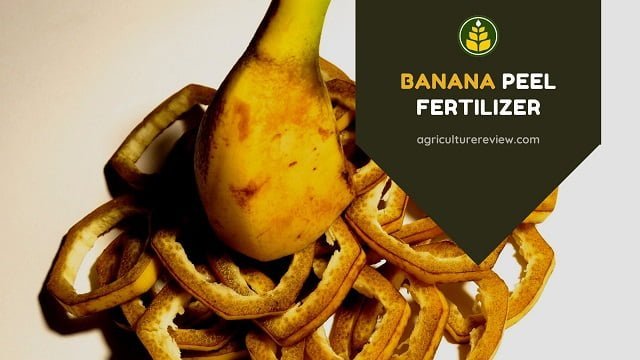

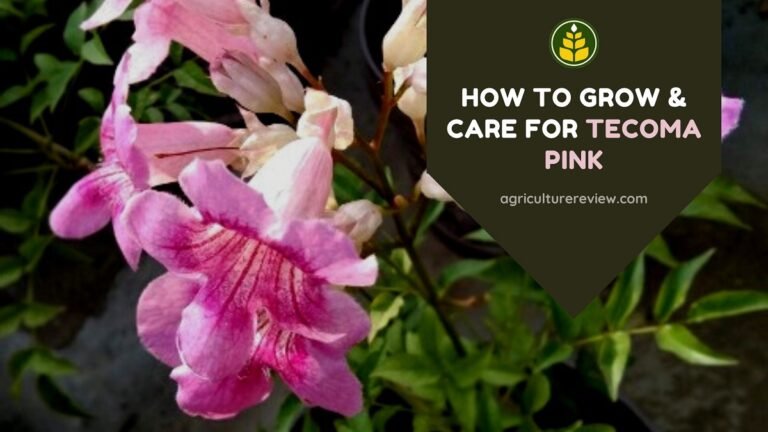

Very well explained, thanks.
An excellent article which makes the journey through the waterlily world much smoother.
Beautiful write-up on water lilies. After reading this one need not struggle with planting and propagation which was hit and trial earlier.
Thanks for sharing very informative I am beginner for waterlilies. I am also from Kanpur , how can I contact you?
You can contact her by joining her group through the group link given in the article